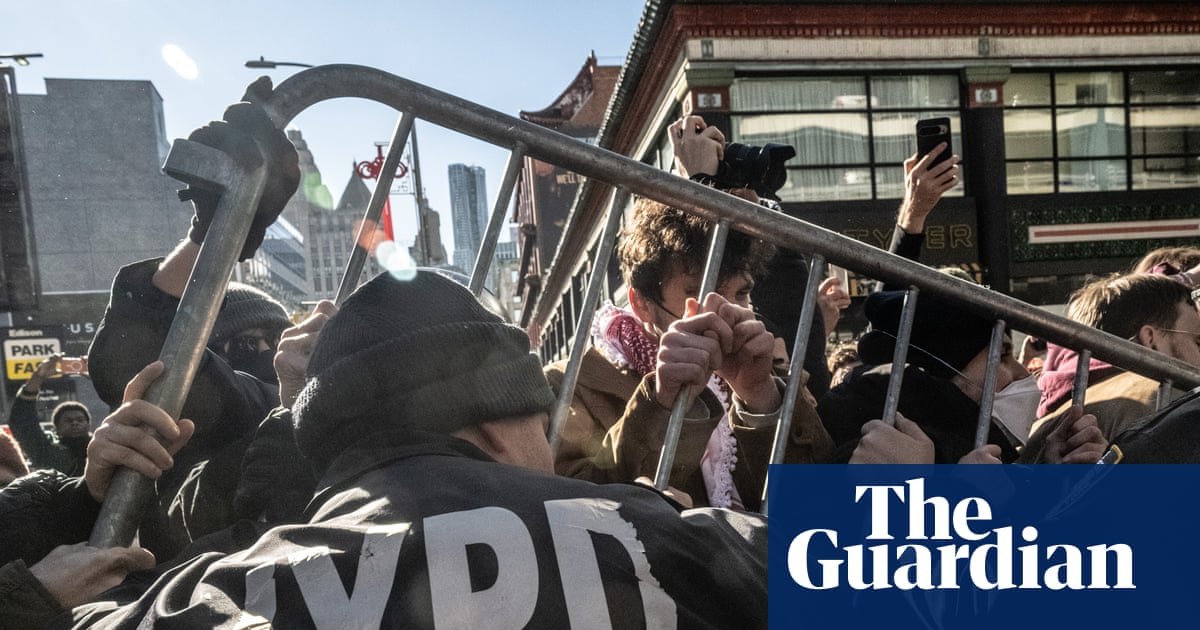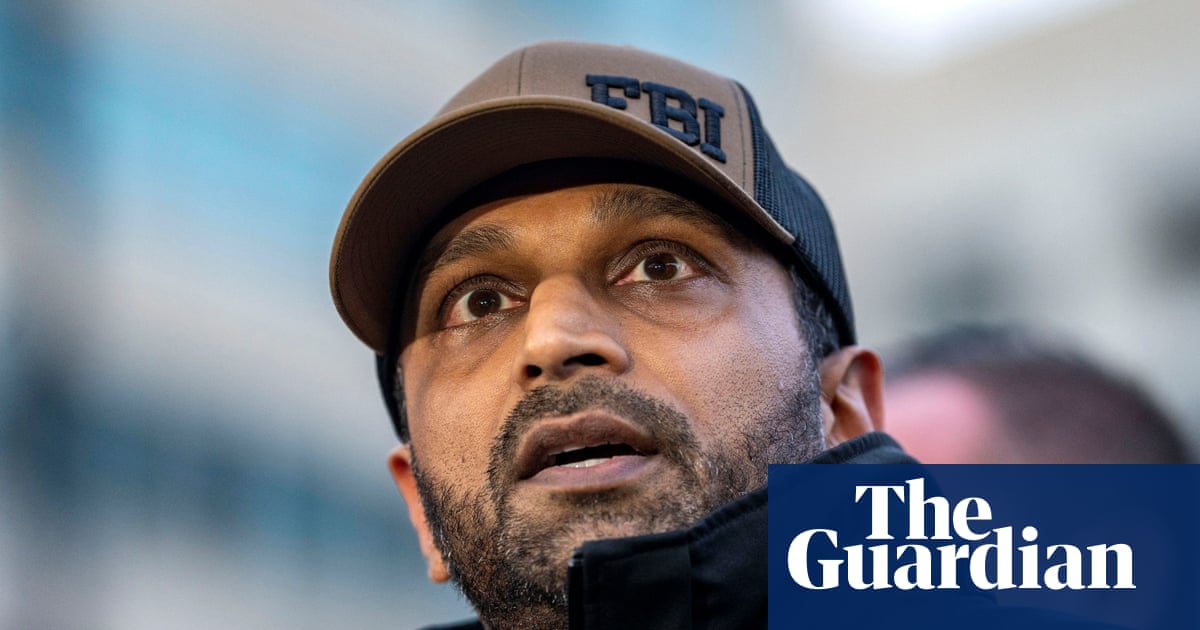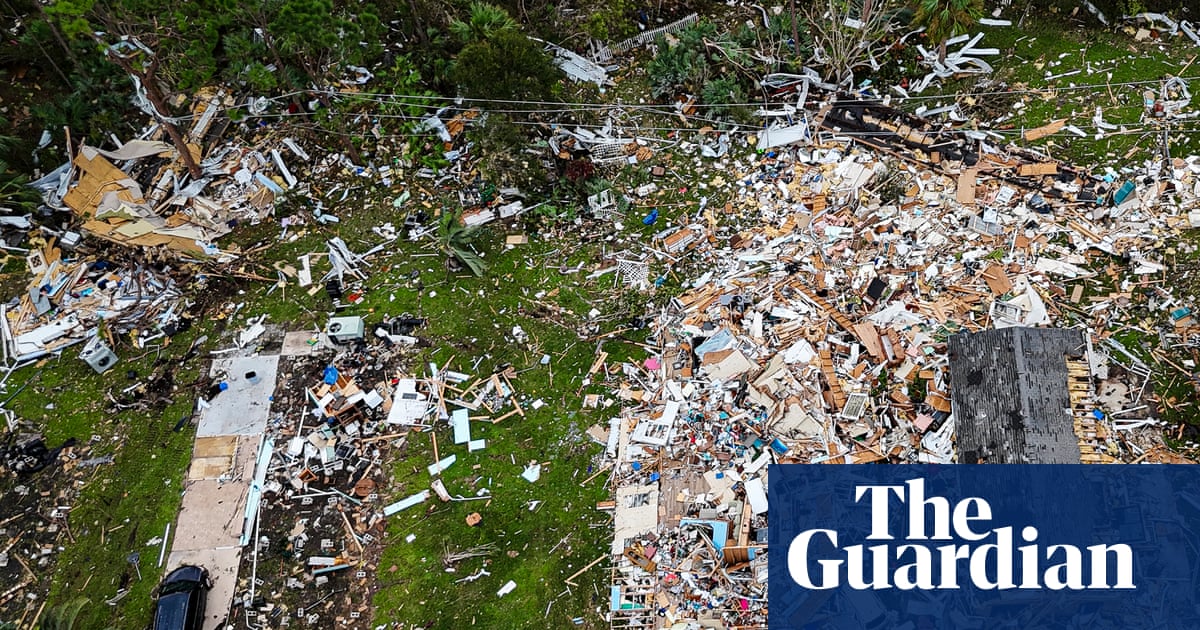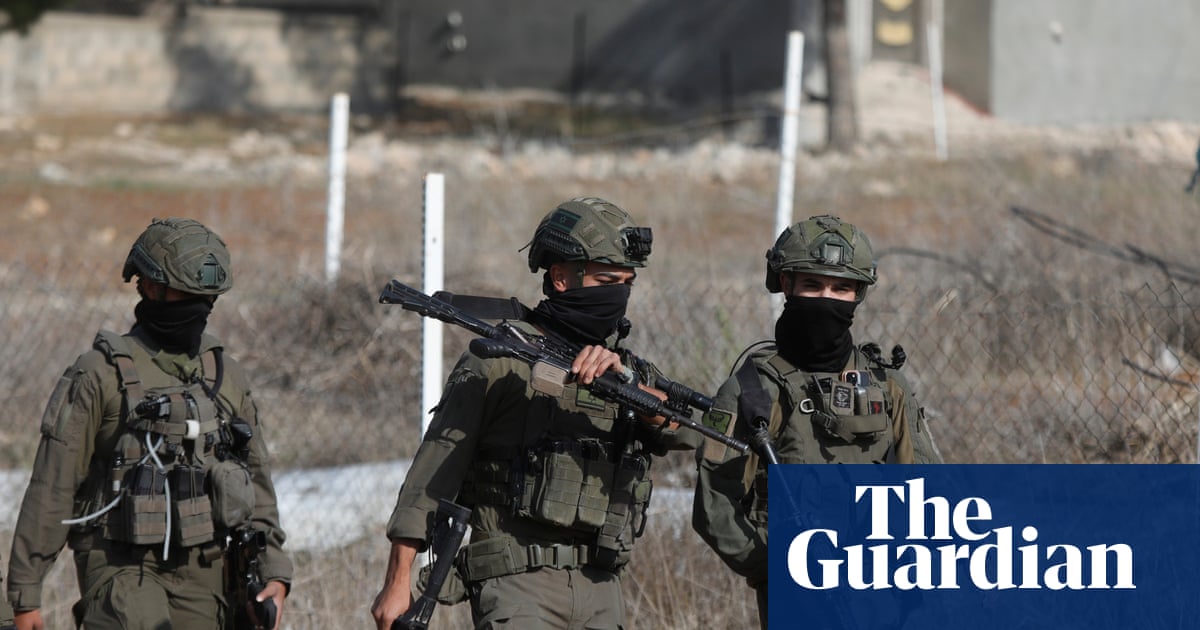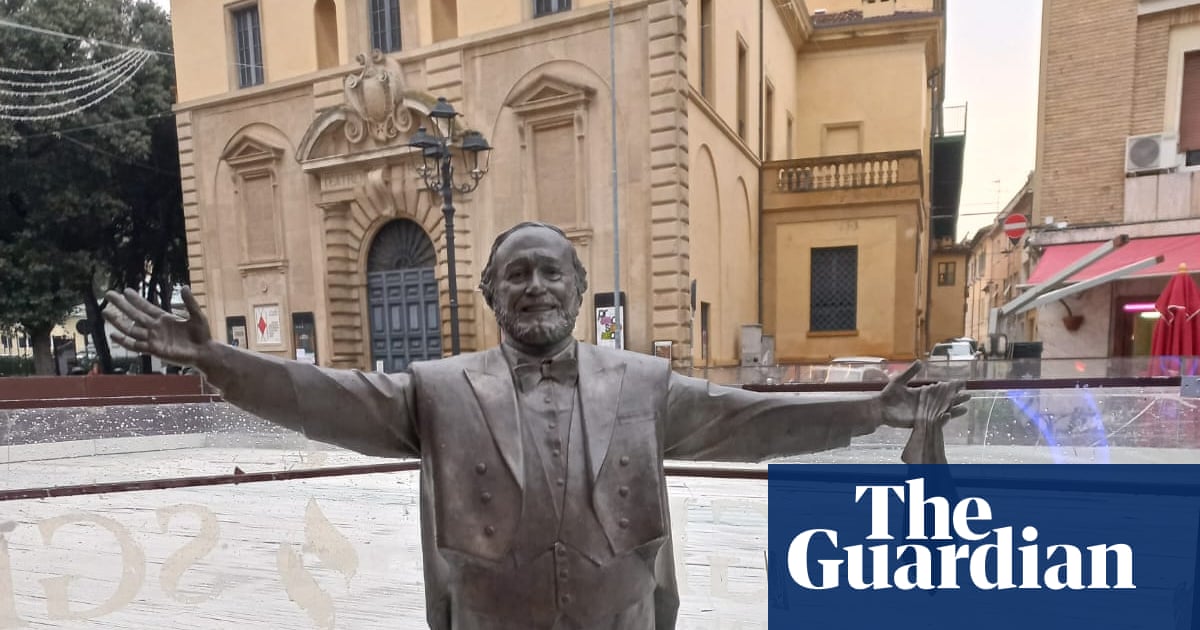On 26 January 1944, a 23-year-old US pilot was flying a mighty P-47 Thunderbolt on a wartime training exercise when it crashed in Essex.
Locals witnessed the horror of 2nd Lt Lester Lowry’s aircraft diving to the ground and bursting into flames. Lowry was not seen to bail out and he has remained missing in action (MIA) for more than 80 years. Ironically, his plane was named “Lucky Boy”.
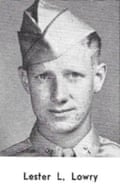
Now, in a field near Great Bardfield, a recovery operation has been taking place to unearth the mangled remains of the wreckage, some of which will be repatriated to Lowry’s home in Pennsylvania.
This special mission is being overseen by the US Department of Defense PoW/MIA accounting agency (DPAA) as well as the UK’s Ministry of Defence and Cotswold Archaeology.
It is about laying such heroes to rest and remembering their sacrifice.
Lowry, of the 487th Fighter Squadron, which accompanied bombers on sorties against the Luftwaffe, was one of thousands of air force personnel who tragically died in training during the second world war in the fight against fascism.
After setting off from his RAF base at Bodney, Norfolk, Lowry had catastrophically lost control of the aircraft in heavy cloud.
The excavation will feature in an episode of More 4’s Hidden Wonders series, which begins on 4 November.
It is co-presented by Sandi Toksvig, the broadcaster, who had studied archaeology at the University of Cambridge. She said they were “piecing together the untold story of a young man who never made it home”.
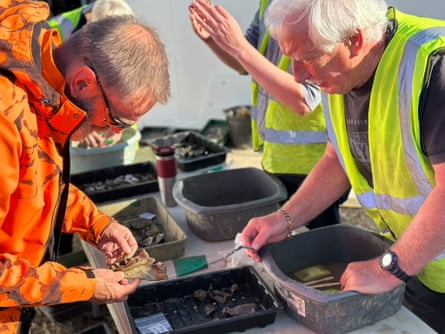
The finds include the engine’s cylinder heads, valves, pistons and fuel system pipes, as well as remnants of the fuselage and wings. There are also remains of armaments, including M2 Browning machine-gun components.
From the cockpit, archaeologists have found instrument panel pieces and pull buttons for defrost and vent control.
But there is special poignancy to more personal items – notably Lowry’s parachute harness clips. The sad irony is that he never got to use his parachute.
after newsletter promotion
Sam Wilson, Cotswold’s lead archaeologist, told the Guardian: “The most exciting things are those that connect us to Lowry directly such as the parachute harness clips – things that we know would have been on his person – and parts of the controls from within the cockpit. It’s powerful because he was controlling this aircraft in his last moments. There’s a real tragedy to it …
“We found a lot more than I was initially expecting to find. The volume of aircraft that was there was huge – thousands and thousands of pieces.”
Discussing their significance, he added: “You get an intense human connection that you don’t really get in other forms of archaeology. We have photographs of Lowry and we know a bit about his history and his service record. That just brings the person to life.”
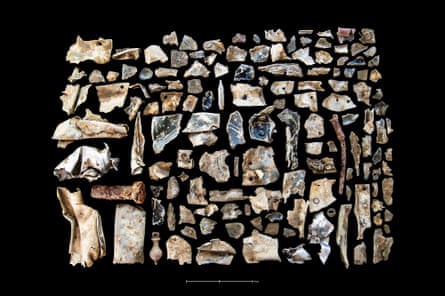
Lowry’s was a tragic life. Orphaned at the age of nine, he was brought up by an aunt, who was to receive a telegram informing her of his death.
The documentary reveals that, based on his flight log, Lowry had only a minimum of training – barely 47 hours, less than half the recommended time – as new pilots were rushed into combat.
Toksvig said: “When we were looking into the death of Lt Lester Lowry … we discovered a wonderful 90-year-old man called Peter [Morris]. He could remember the day of the crash … We had presumed that Lester Lowry had died because he was inexperienced … There were about 150 kids in the school yard, and Peter thinks that Lowry missed the school on purpose. Suddenly the whole story flipped on [its] head. Maybe Lowry wasn’t inexperienced. What he actually was, was a hero.”
The DPAA conducts investigations and recovery missions at loss sites worldwide, working with partner governments to identify remains and return them to their families. About 72,000 service members remain unaccounted for from the second world war.
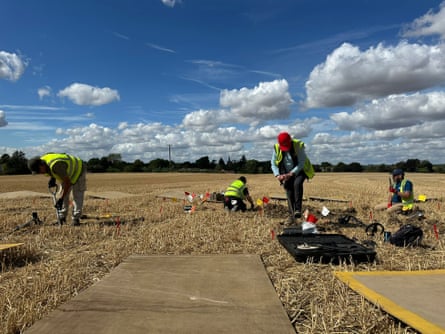
This is Cotswold Archaeology’s third year of digging in partnership with the DPAA and Operation Nightingale, a UK-based initiative launched in 2011 by the Ministry of Defence to support the recovery of wounded and sick military personnel and veterans through participation in archaeological excavations.
Post-excavation work on the Essex site, sifting through the debris, is continuing. Finds will be sent to the DPAA laboratory in Nebraska, where everything will be analysed, before being split between UK and US museums.
That Lowry lost his life during training makes telling this story all the more important, Wilson said, because so many young men were killed in training accidents: “The sacrifice is no less than someone who’s killed in the first wave on Omaha Beach, for example. Everyone’s doing their duty.”
-
Sandi Toksvig’s Hidden Wonders, co-presented with archaeologist Raksha Dave, launches on 4 November at 9pm on More4

 1 month ago
26
1 month ago
26

